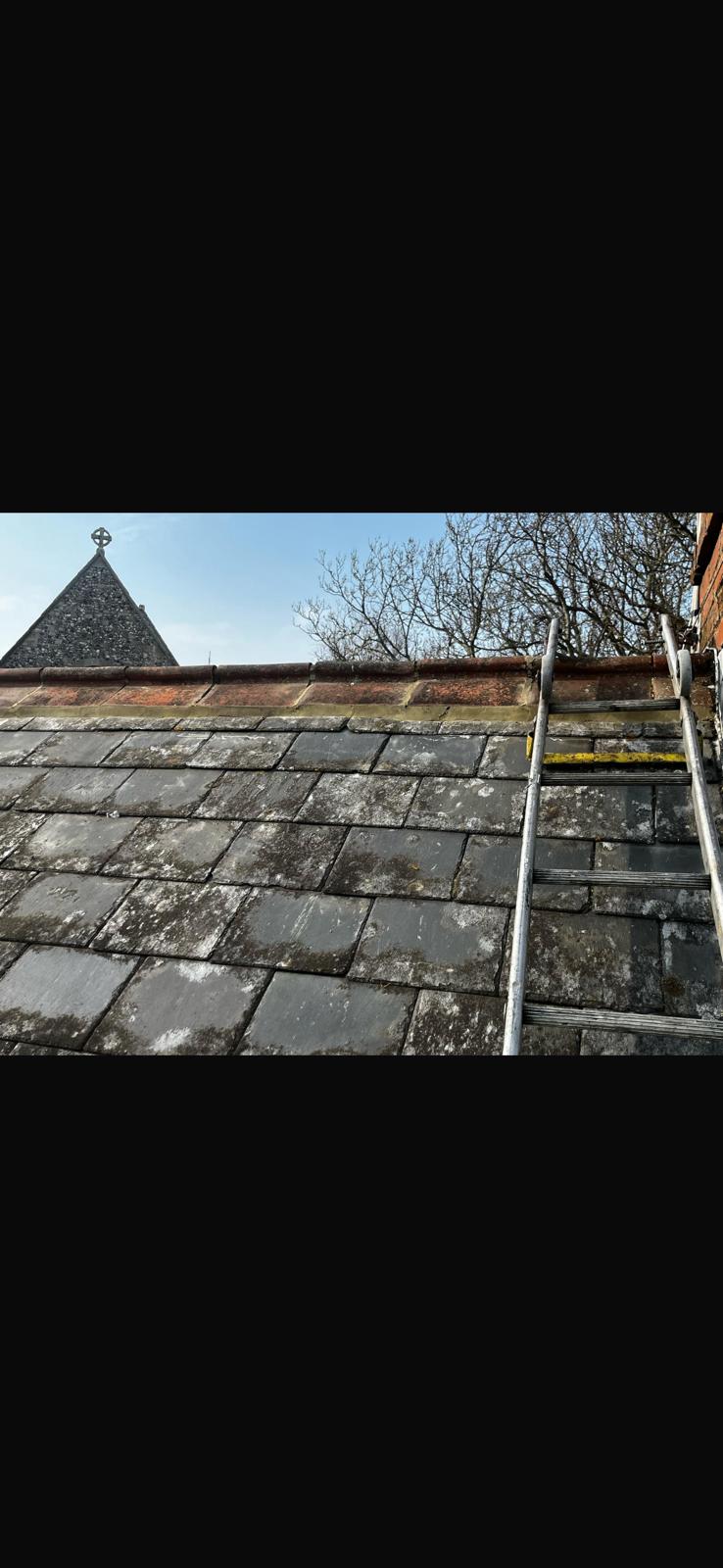What are the Signs You Need a Roof Replacement
Knowing when to repair and when to replace a roof is one of the biggest decisions for homeowners. Many ask about the signs you need a roof replacement, especially when problems start to appear after years of wear. This guide explains the warning signals to look for, why they matter, and how to decide between repairs and full replacement.
Why Roof Replacement Becomes Necessary
A roof is designed to last decades, but no material lasts forever. Regular repairs extend its lifespan, yet eventually replacement is the best option. Ignoring serious faults allows water to enter the structure, leading to costly damage to ceilings, insulation, and timber supports.
Replacing the roof ensures your home remains weatherproof and can also improve energy efficiency with modern insulation.
Key Signs You May Need a Roof Replacement
The following indicators suggest that a roof is nearing the end of its useful life:
- Frequent leaks – If repairs no longer solve the issue, replacement is likely.
- Widespread missing or broken tiles – Large areas of damage are difficult to patch effectively.
- Sagging roofline – This points to structural weakening and requires urgent action.
- Excessive moss growth – While moss can be cleaned, heavy growth often signals deeper problems.
- Age of the roof – Most roofs last between 20 and 30 years, depending on materials.
- Rising energy bills – Poor insulation in an ageing roof lets heat escape.
These signs often mean ongoing repairs will cost more over time than a complete replacement.
Roof Repairs vs Replacement
It can be difficult to know whether repairs are still worthwhile. Repairs are usually the right choice when:
- Damage is confined to a small section
- The roof structure is strong
- Materials are still within their expected lifespan
A roof installation becomes the better option when:
- Multiple leaks occur across the roof
- Materials are failing across large sections
- Structural damage is visible
A professional inspection provides clarity on which option is most cost-effective.
Domestic and Commercial Roofs
Replacement is not just an issue for homeowners. Shops, offices, and industrial units also require full roofing works at times. Our team manages both domestic roofing and commercial roofing projects, ensuring buildings remain safe and compliant with regulations.
Cost Considerations
The cost of a replacement depends on several factors:
- Size of the roof – Larger areas require more materials and labour.
- Pitch and complexity – Steeper or unusual designs increase costs.
- Choice of materials – Concrete tiles are affordable; slate is premium.
- Access – Limited access raises scaffolding costs.
- Structural repairs – Weakened timbers or beams add to expenses.
The table below gives an outline of typical replacement costs in Kent:
| Roof Type | Average Cost Range |
|---|---|
| Terraced house roof | £4,000 – £6,500 |
| Semi-detached house roof | £5,000 – £8,000 |
| Detached house roof | £7,000 – £12,000 |
| Flat roof replacement | £1,200 – £3,000 |
| Full slate roof | £10,000 – £20,000+ |
These figures are averages; an inspection provides an exact quotation.
Building Regulations
Roof replacements in Kent must comply with building regulations covering insulation, drainage, and fire safety. Listed buildings or homes in conservation areas may also require special permissions. Professional Kent roofers ensure all legal requirements are met.
Emergency Situations
Sometimes replacement cannot be delayed. Storms may strip tiles from large sections of a roof, or structural damage may make a property unsafe. In these cases, we provide a 24 hour emergency callout service. Temporary solutions can be installed until full replacement work is completed.
Insurance and Warranties
Many homeowners wonder if insurance covers roof replacement. Policies typically pay for sudden storm damage but exclude wear and tear. Always check your policy and ask your roofer for a detailed report if making a claim.
Reputable contractors also provide warranties on both labour and materials, offering peace of mind that the work is protected.
Seasonal Factors
Different seasons bring different pressures that affect how soon replacement may be required:
- Winter – Storms and heavy rainfall expose weak areas.
- Spring – Moss and algae growth spread rapidly.
- Summer – Heat causes expansion in roofing materials.
- Autumn – Falling leaves block gutters and worsen leaks.
Awareness of these seasonal challenges helps homeowners plan inspections at the right times.
How to Prepare for a Roof Replacement
If your property shows clear signs you need a roof replacement, preparation helps the project run smoothly:
- Clear loft spaces of valuable items before work begins
- Inform neighbours if scaffolding may affect shared access
- Agree on waste removal with your contractor
- Check warranty details in advance
These steps make the process easier for both homeowners and roofers.
Choosing the Right Roofer
Selecting a trusted contractor is as important as recognising when a replacement is needed. When choosing, always:
- Confirm experience with full replacements
- Ask for clear written quotations
- Avoid unusually low prices that may cut corners
- Request references or past project examples
- Ensure warranty details are included in writing
A reliable contractor delivers lasting results and ensures full compliance with regulations.
Conclusion
Recognising the signs you need a roof replacement helps homeowners act before serious damage occurs. Persistent leaks, ageing materials, and structural problems all point towards replacement being the most sensible choice.
At Hythe & Folkestone Roofers, we provide full roof replacements across Kent. Our team handles both domestic and commercial properties, offering clear advice, fair quotations, and reliable workmanship. Whether you are planning ahead or facing urgent problems, contact us today to arrange a free inspection and quotation.
